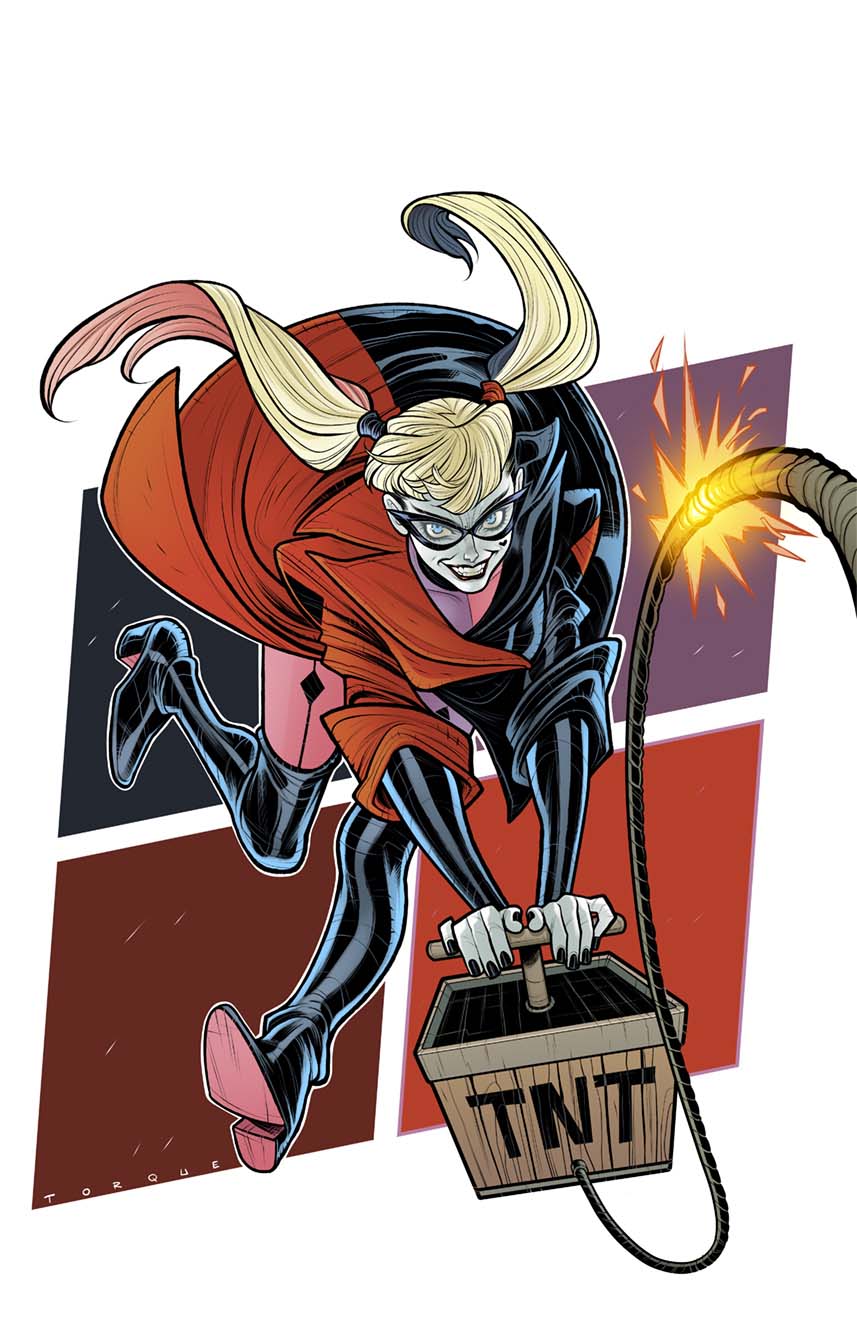There’s a word that perfectly describes the attitude towards the Joker in this issue, but I won’t use it here. Let’s just say it’s excessively self-indulgent and obsessed with how amazing he is. From the way other characters talk about him to the framing of the narrative, he’s treated as if he were a god. This comic, and “Joker Year One” as a whole, shows that DC Comics has bought into the hype surrounding the character. Joker has always been Batman’s archenemy, but now he’s trapped in a cycle where writers make stories about his popularity, reinforcing the idea that his status as Batman’s archenemy is the most important thing about him. Grant Morrison’s “super-sanity” concept started this spiral, which acted as a metacommentary on Batman comics. Scott Snyder took this approach further, presenting Joker as an eternal counterpart to Batman. Zdarsky has now taken these concepts to new levels, making Joker a literal, multiversal constant. His relationship with Batman is intertwined with the fabric of reality. In “Joker Year One: Part 2,” the central plot revolves around Joker’s training by Daniel Captio, Batman’s old mentor. The constant praise of Joker’s “perfection” by Captio becomes obnoxious. The comic also explores a future story plot where the whole world becomes Joker, using pretentious and obvious symbolism. The emotional beats and art are good, but the concept is not original. The B-plot progresses Batman and Lt. Gordon’s investigation into the Red/Black Hood Gang, and they accidentally encounter Joker for the first time. The story amplifies strange elements of Joker’s origin. Gordon’s investigation is hindered by a corrupt conspiracy within the GCPD. This takes place after Batman: Zero Year, which creates continuity issues. Overall, the comic excessively emphasizes Joker’s greatness, making him less interesting and more annoying.
Source link








